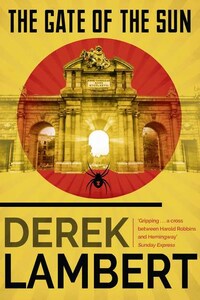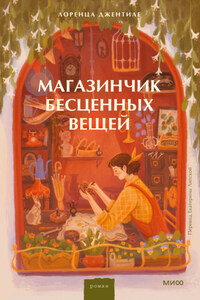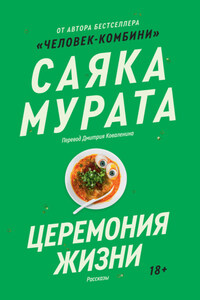The Gate of the Sun

Spain, over a span of forty turbulent years, is the theatre for a drama of love, friendship, ideals, ambition and revenge in this powerful and passionate novel about the Spanish Civil War by Derek Lambert.
Gripping a cross between Harold Robbins and Hemingway’ Sunday Express
On the bitter battlefields of the Spanish Civil War, an unlikely friendship is forged. Tom Canfield and Adam Fleming are from different countries and on opposing sides, yet they have one thing in common a passionate love for Spain
With a fervour to match their own, a woman is battling in the same bloody struggle. She is Ana, the Black Widow; young, beautiful, bereaved and a dangerous freedom fighter.
The end of the armed conflict will not end the conflicting emotions that draw these people together. For over forty turbulent years, from the dark days of Franco’s victory to the birth of modern Spain, they will be bound together in an intricate web of love betrayal, ambition and revenge
Derek Lambert, who knew and loved Spain for many years, uses his unique understanding of Spanish history and character in this sweeping novel which encompasses some of the most crucial events of twentieth-century Europe, creates characters of extraordinary depth and humanity, and tells a story of compelling power and vitality.
Pure unadulterated story telling’ Daily Telegraph













